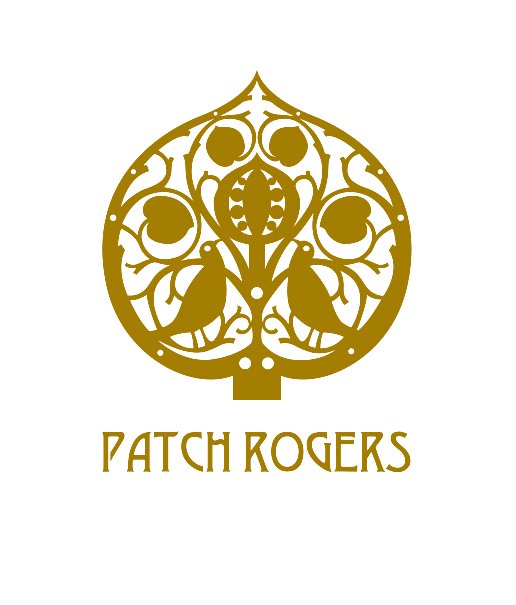AMBROSE HEAL ‘OWL’ CABINET
AMBROSE HEAL ‘OWL’ CABINET
A rare and important cabinet by Ambrose Heal circa 1905 and produced by Heals between 1906 - 1927
Ambrose Heal was the great-grandson of John Harris Heal, founder of the Heals furniture manufacturing and retail business, he attended Marlborough College before serving a two- year apprenticeship to cabinetmakers James Plucknett in Warwick. This was followed by six months working for Graham and Biddle, furnishers, of London's Oxford Street.
In 1893 he joined Heal & Son, working in the bedding factory, but in the mid-1890s he began designing simple, sturdy furniture, often in plain oak (in contrast to Heals' standard "Queen Anne" and "Old English" styles). Although initially not popular with sales staff – who called them "prison furniture" – his designs appeared at exhibitions of the Arts and Crafts Exhibition Society, and soon became so successful that prejudices were overcome. He continued to exhibit special pieces at Arts and Crafts exhibitions for more than thirty years, but his most significant contribution was to make simpler, well-designed, well-made furniture available to a broader middle-class public.
Undoubtedly influenced by the ideas of John Ruskin and William Morris, he nonetheless took advantage of machinery where appropriate. His simple, no-frills designs, created around 1905, appealed particularly to the inhabitants of the new Garden Cities and Suburbs. He had already patented (with Hamilton Temple Smith) a unit furniture system in 1915 when he became a founding member of the Design and Industries Association, which campaigned for "Fitness for Purpose" in industrial production.
In 1913, on the death of his father, he was elected chairman of Heals, using this position to champion artistic design within furniture manufacture and marketing. In 1933, he was knighted for raising standards of design, and in 1939 was elected to the Faculty of Royal Designers for Industry. The Royal Society of Arts awarded him the Albert Gold Medal for services to industrial design in 1954.
Although Heals continued to produce beds and mattresses as its staple, Heal diversified its range to include ceramics, glass, and textiles, as well as products in Art Deco style. He established an art gallery at the Tottenham Court Road premises showing works by Picasso, Wyndham Lewis and Modigliani. Artists such as Claud Lovat Fraser designed the company's posters, and its catalogues contained essays by influential art critics. The overall effect was to promote Heals as an iconic brand.
Heal's influence over the company diminished in the mid-1930s, when one of his sons became managing director. Although considering retirement, he stayed as chairman during World War II, finally retiring in 1953. Under his leadership sales of the Heal business grew from £75,000 p.a. in 1900 to in excess of £300,000 in the mid-1930s.
Apart from work interests, he collected London historical ephemera, mainly from the 17th and 18th centuries, including records of tradesmen, goldsmiths, calligraphers, signboards and furniture makers. His collection of trade-cards is preserved at the British Museum. He was the author of five books: London Tradesmen's Cards of the XVIII Century 1925, The English Writing Masters and their Copy Books 1931, The London Goldsmiths 1935, Signboards of Old London Shops 1947, The London Furniture Makers 1953. In addition The Records of the Heal Family was printed for private circulation. He contributed articles on a variety of topics in connection with his historical research to publications such as The Connoisseur and Country Life.


